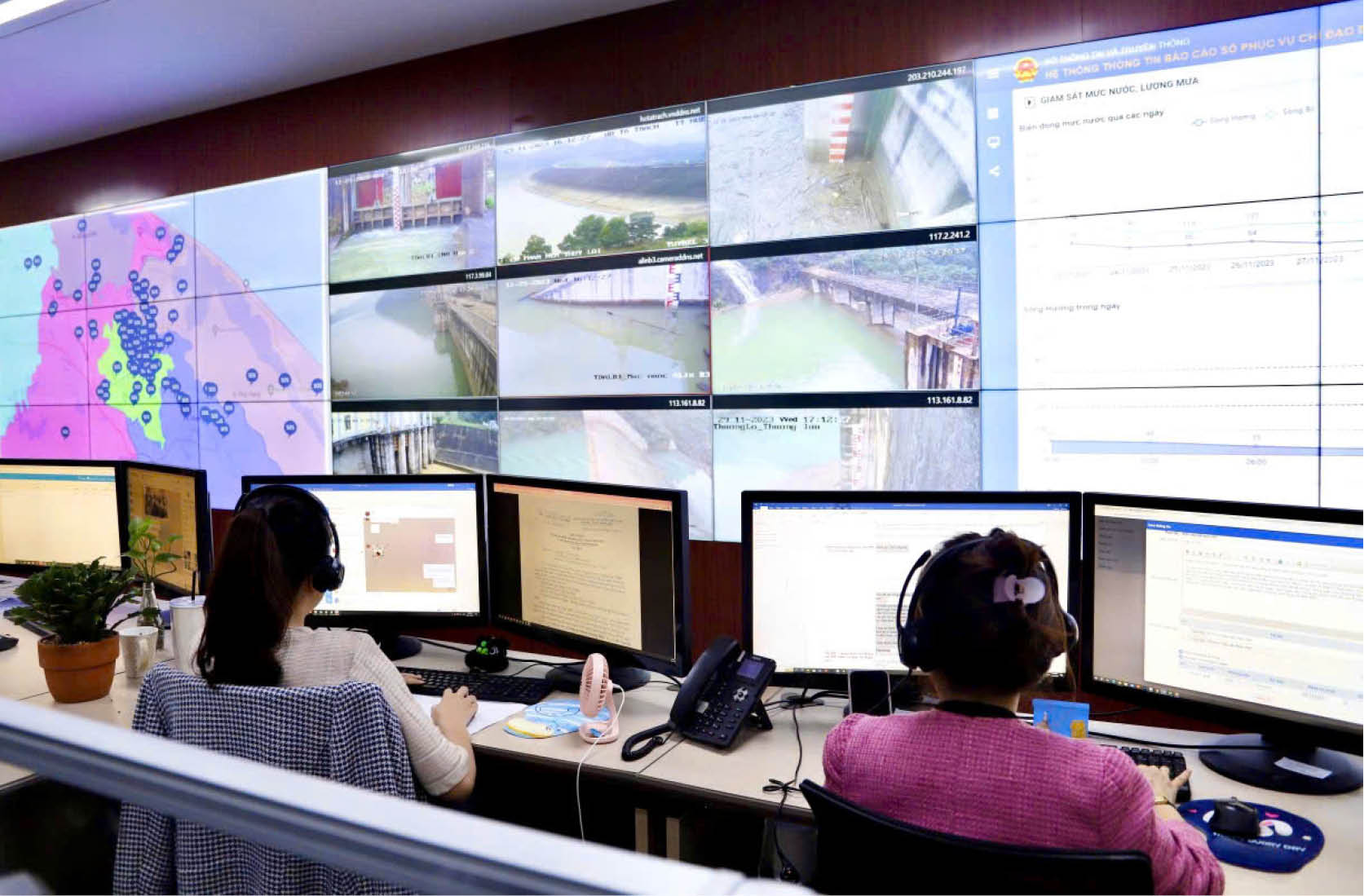 |
| Proactively checking and monitoring the safety of hydropower plants early on helps minimize the risk of unsafe downstream areas, especially during the rainy and stormy season with many extreme developments. |
Strengthening hydropower safety control
According to forecasts by meteorological experts, this summer, although not as severe as in 2024, will be longer and contain many unusual weather patterns. From mid-June onwards, the risk of tropical depressions, heavy rains and storms will increase significantly, posing many challenges in disaster prevention and control. In this context, the system of dams and hydropower plants in the city has become one of the key factors that need to be closely monitored to ensure the safety of people and infrastructure in downstream areas.
To proactively cope with unpredictable weather developments, Hue City has promptly implemented comprehensive instructions, requiring safety control of hydropower projects. In particular, the Department of Industry and Trade is required to coordinate with relevant sectors to conduct field inspections, monitor the operation of reservoirs, handle technical problems if any, and ensure strict compliance with single and inter-reservoir operation procedures in accordance with regulations. This work is carried out in parallel with the coordination of units under the Ministry of Industry and Trade in assessing the safety level of projects and operational capacity.
In particular, dam owners in the area must fully comply with technical requirements on construction safety according to Decree 114/2018/ND-CP, including periodic inspection of dams, flood discharge works, operating equipment, backup generators and monitoring systems. Units need to review and update operating procedures in accordance with actual climate and hydrological conditions to minimize damage when releasing floods.
On that basis, the Department of Industry and Trade has implemented a comprehensive inspection plan for more than 10 hydropower plants operating in the area such as A Luoi, Binh Dien, Ta Trach, Song Bo, Rao Trang 3... from June 17 to July 31, 2025. The inspection focuses on the implementation of legal regulations on management, operation, electricity production, electrical safety, dam and reservoir safety management and disaster response at operating hydropower plants. This is not only a periodic professional task, but also a step demonstrating the proactiveness of local authorities in controlling natural disaster risks, aiming to protect people, businesses and urban infrastructure in a proactive, safe and sustainable manner.
Applying digital technology to natural disaster warning
In parallel with the inspection of lakes and hydroelectric dams, the city is promoting the application of digital technology in natural disaster prevention and control. At the meeting between the Department of Science and Technology (KH&CN) with Gunma University (Japan) and FPT Corporation, the parties discussed the implementation of an early warning system on the Hue-S platform, including determining the location of landslide and mudflow research; developing X-band weather radar; proposing installation locations and integrating data with the existing system.
Deputy Director of the Department of Science and Technology Bui Hoang Minh suggested that Gunma University develop a detailed plan for the Department to synthesize and report to the City People's Committee for consideration and direction. At the same time, it is necessary to carefully study the transmission infrastructure, licensing laws, operation and maintenance procedures and management mechanisms to ensure the system operates stably and effectively.
The representative of the City's Steering Committee for Natural Disaster Prevention and Control and Search and Rescue proposed to build a database system and website to serve natural disaster prevention and control work, allowing people and tourists to look up weather information and receive early warnings. On the other hand, it was proposed to build a separate application integrated into Hue-S to serve natural disaster warnings for people.
Mr. Akihiko Wakai, representative of Gunma University, said that the system aims to serve three groups of people: People, tourists and technical staff. The project integrates artificial intelligence (AI) to analyze data, identify risks early, and support the government in making timely recommendations. The system builds a centralized database, integrates information from the central and local levels, and serves effective disaster prevention and control.
Mr. Wakai also hopes to receive support from local authorities in sharing data and practical needs, contributing to perfecting the system.
In the implementation orientation, the system allows remote monitoring and automatic activation of warnings, for example when temperature and humidity exceed safe thresholds, forest fire warnings will be issued, helping authorities proactively localize and control risks, minimizing damage to people and property.
Hue City’s early initiative, combined with the support of domestic and international science and technology units, is opening up a modern approach to natural disaster prevention and control, which is the application of smart technology, promoting existing platforms and putting people’s safety first. This is proof of a city that is making steady progress in the digital transformation era.
Source: https://huengaynay.vn/kinh-te/kiem-soat-ho-dap-canh-bao-thien-tai-bang-cong-nghe-so-154506.html






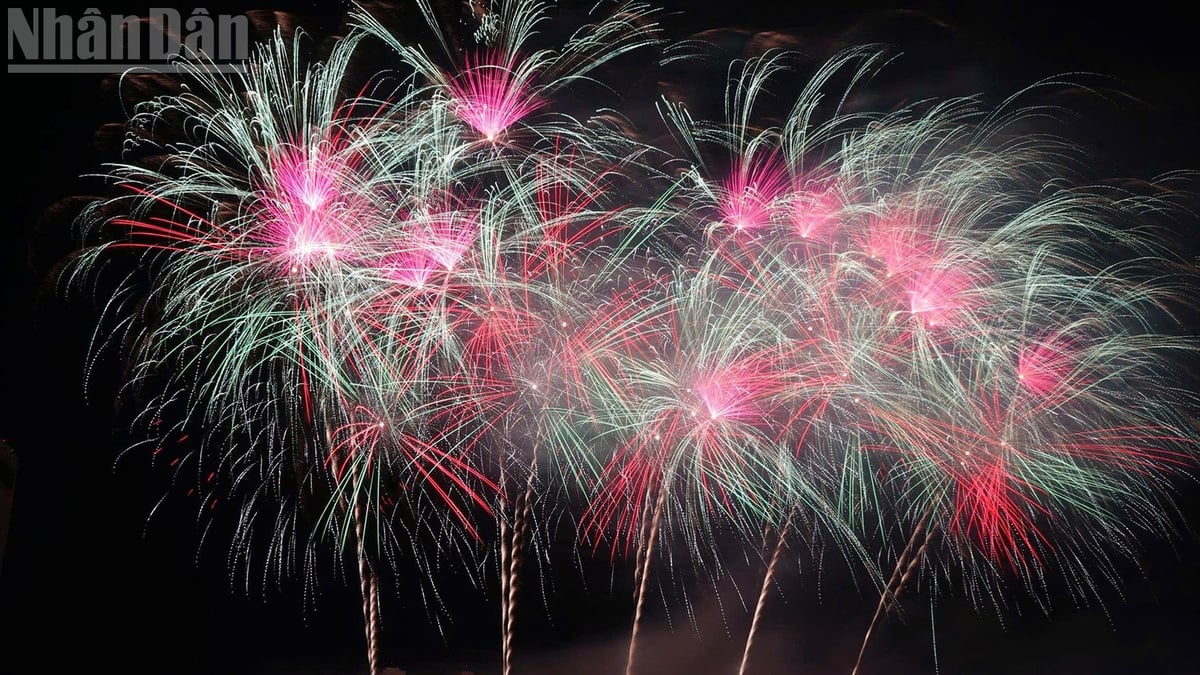

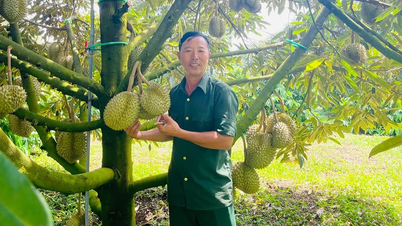



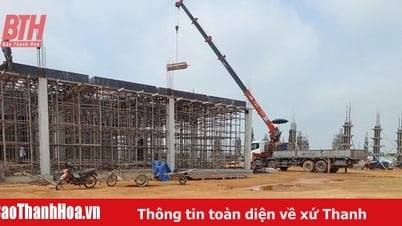

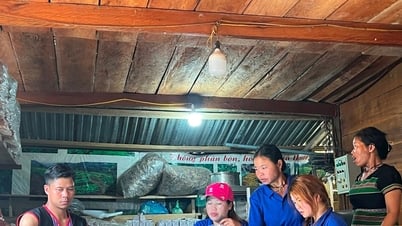
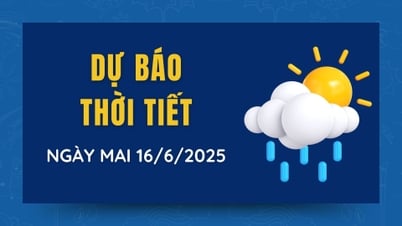

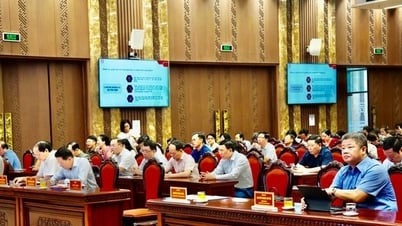







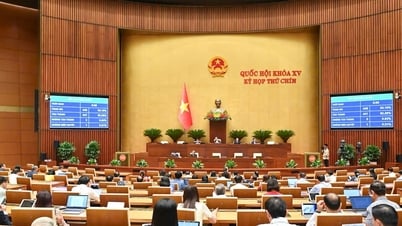
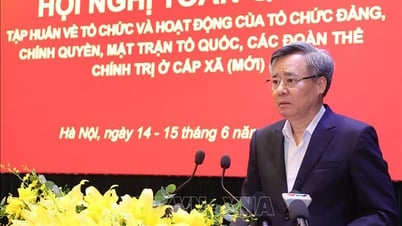
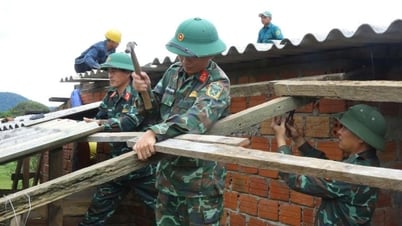
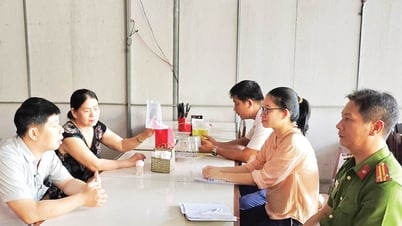































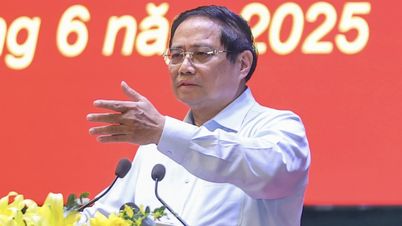



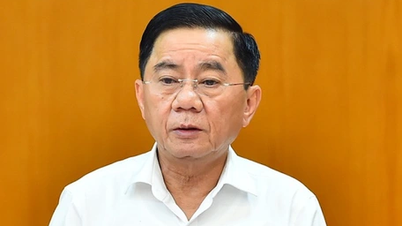




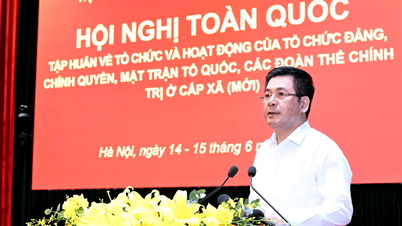






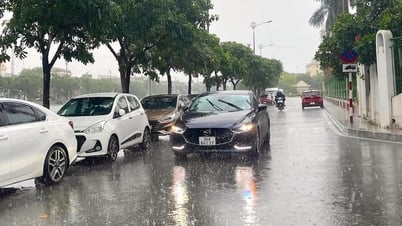

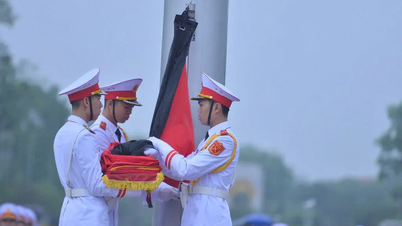

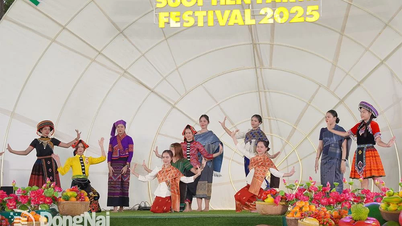

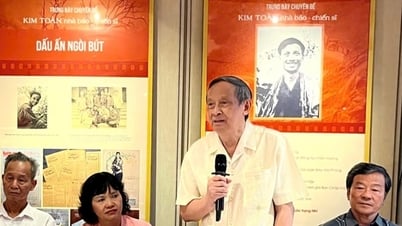
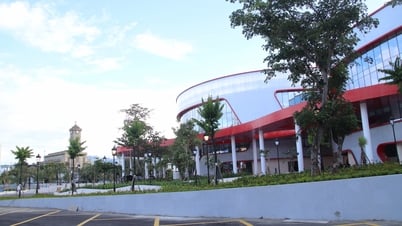










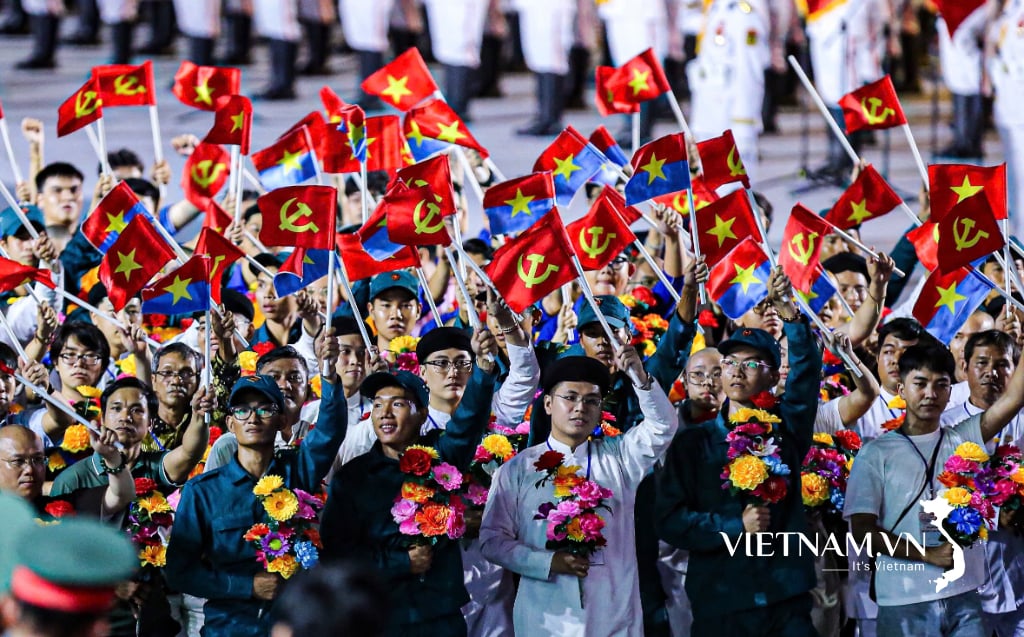
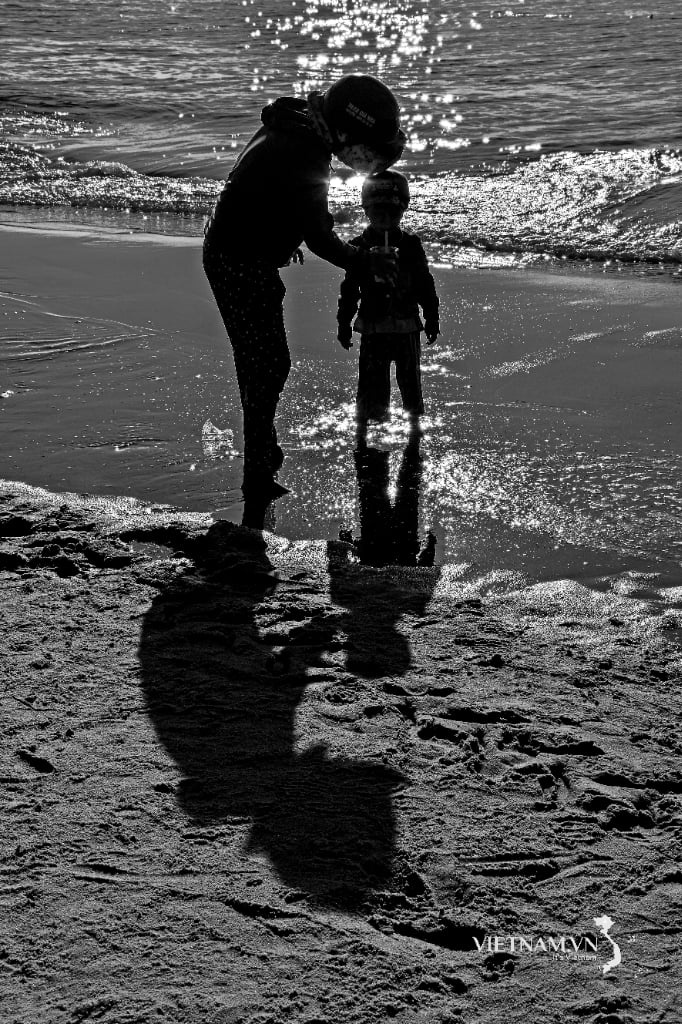

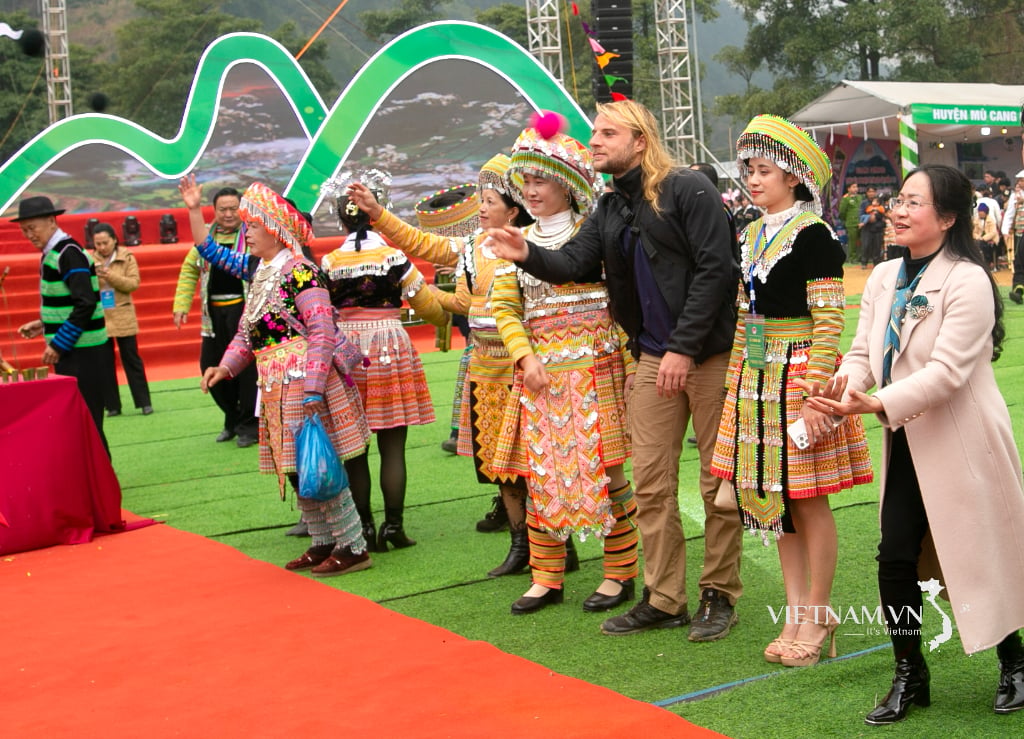
Comment (0)